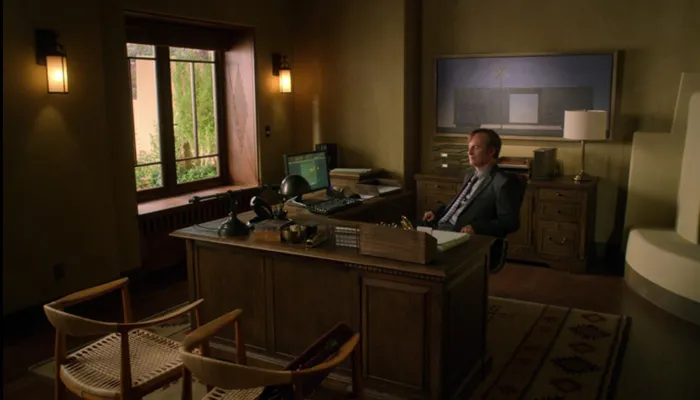Inbox Zero
Inbox Zero is something personal, something that starts from privacy and isn't really meant to be broadcasted or shouted from the rooftops. It's not because we should feel embarrassed (far from it) but it's something that can really help bring us inner peace. A person with Inbox Zero is basically a happy person. When you see someone smiling on the street (well, nowadays it's hard to see smiles because we're wearing masks whenever we go out), it's quite likely they have Inbox Zero. Maybe we just need a secret greeting or sign to recognize each other.
Jokes aside, this way of managing email is really a way of managing productivity, which is super important these days because we're always connected and we need to be as efficient as possible.
When I have to explain Inbox Zero, I like to use the analogy that our email inbox is like a desk. And I'm not the one who says this: the names of the different folders in email systems say it too. Let me open Fastmail, which is my email provider, to have it handy... We have Inbox, Drafts, Outbox, Sent, Spam, Trash, and All mail.
So let's imagine a clean desk made of any material plastic, metal, glass, wood... maybe cocobolo wood—with a filing cabinet next to it, two trays on top of the desk where you can put papers, a trash bin nearby, and a robot. Yes, a robot. I'll explain how it works.

Every time an email arrives, it's like receiving a letter, and the person delivering it (the mail carrier) puts it in the tray on top of the desk, the Inbox tray. If we look up, we can see if the mail carrier has come with any letters. When there's mail, we can decide to read it now or later.
To read the letter, we open it, and then we can do several things with it.
If we want to reply, we take a sheet of paper, write the response, and put the letter we want the mail carrier to take away in the other tray, the Outbox tray, which luckily gets picked up regularly.
That's the ideal setup, no one should have a desk full of papers.
If we get a letter we don't care about (like supermarket ads, social media reminders, or spam) we just take it and toss it in the trash bin. No worries.
Notice something? The Outbox tray is always empty because the mail carrier picks it up regularly, but the Inbox tray tends to be full of emails we've already read or don't even want to open. That doesn't seem logical. We should be able to do something with all those letters on the desk.
The logical thing would be to put them in the filing cabinet, we have it for a reason, right? If we've read a letter, we can file it away and find it again if needed. The question is: do we really need to keep that letter? If it's advertising, no, we should delete it. Keep only what we think we might use in the future. Fortunately, the filing cabinet is huge, so we don't have to worry too much.
Have you ever met someone who has everything in their Inbox? Thousands and thousands of unread emails? That's where Inbox Zero comes in: a way of organizing email that invites us to archive what we don't need to see anymore, whether because we've read it, think we might search for it later (maybe far in the future), or delete it.
If you get an email from your bank, archive it. If it's advertising, delete it. But always try to keep your Inbox empty, just like your Outbox.
Now, what about the robot? It does some automatic tasks:
- First, it handles spam: if unwanted mail arrives, the robot moves it from the Inbox to a special spam folder inside the archive and deletes it after 30 days.
- It copies everything the mail carrier takes away from the Outbox and puts it in the Sent folder in case you need to find it later.
- Depending on your email system, the robot can also apply filters, scheduled tasks, or auto-responses.
Inbox Zero means having nothing unnecessary in your Inbox. It's a task recommended at least once a day but not every 10 minutes. It's better to do it in set intervals so you always know what arrived since the last time you checked.
Want to start with Inbox Zero? Here are some tips:
- Mark everything spam that is spam so the robot learns and automatically sorts it in the future.
- Unsubscribe from social media notifications you don't need. Every email has an unsubscribe link at the bottom. This applies to newsletters, magazines, coupons, and promotions too.
- Use search when you need to find something-archived emails aren't lost, they're safely stored in that magic filing cabinet.
Want to start today but have 13,000 emails in your Inbox? It's easy-select all and archive them. Done. Most likely, if you have so many emails, none of them need immediate attention. If you want to be careful, keep only the last week's emails and work with a smaller number: delete, mark as spam, reply, or archive.
Email is a wonderful tool that most of us misuse. It's not a junkyard of notifications. It's an asynchronous communication space that lets us connect with others using technology. Let's master email so we can be more efficient in work and life.